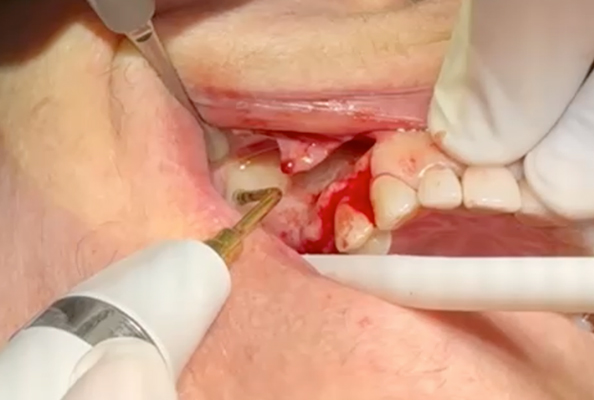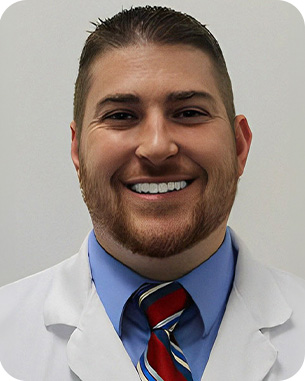Sinus lift surgery, also known as sinus augmentation, is a vital procedure in dental implantology. It is performed when there is insufficient bone volume in the posterior maxilla to support dental implants, often due to the natural anatomy of the sinus or bone loss following tooth extraction. The goal of a sinus lift is to create enough bone in the sinus cavity to support implants, ultimately allowing for successful prosthetic rehabilitation.
The sinus lift procedure involves elevating the sinus membrane and placing bone graft material into the sinus floor to promote bone regeneration. Given the complexity of the procedure and the unique challenges posed by the maxillary sinus anatomy, understanding the indications, techniques, and best practices is crucial for achieving optimal outcomes and minimizing complications.
1. Indications for Sinus Lift Surgery
Sinus lift surgery is generally indicated in cases where the posterior maxilla exhibits insufficient bone height for the successful placement of dental implants. Various factors contribute to the need for this procedure:
- Bone Loss Due to Tooth Extraction: Following the loss of teeth—particularly in the molar or premolar regions of the upper jaw—the bone may undergo significant resorption. This is especially true in the posterior maxilla, where the sinuses are relatively large and can expand into areas where bone loss has occurred.
- Sinus Enlargement: In some cases, the maxillary sinus may naturally enlarge over time, reducing the available bone volume for implants. This can be exacerbated by age, chronic sinus infections, or inflammation.
- Congenital Defects: Some patients may have a naturally reduced bone height in the posterior maxilla due to genetic factors or developmental anomalies. A sinus lift can address these anatomical issues.
- Bone Deficiency Following Trauma or Disease: Trauma to the maxilla or diseases like periodontitis or osteomyelitis can lead to bone loss, compromising implant placement in the posterior maxilla.
In any of these cases, sinus lift surgery is an effective way to augment the bone and restore adequate volume for proper dental implant placement.
2. Types of Sinus Lift Procedures
There are two main types of sinus lift procedures: the lateral window technique and the crestal technique. Both aim to elevate the sinus membrane and introduce bone graft material into the sinus cavity, but they differ in their approach and complexity.
A. Lateral Window Technique
The lateral window technique, also known as the traditional sinus lift, is the most commonly used approach. It involves creating a small window in the lateral wall of the maxillary sinus to access the sinus cavity directly.
Steps Involved in the Lateral Window Technique:
- Incision: An incision is made in the gum tissue near the upper molars or premolars.
- Flap Elevation: The soft tissue is elevated to expose the bone of the maxilla.
- Creation of a Window: A small, circular or oval window is drilled into the lateral wall of the sinus.
- Membrane Elevation: The Schneiderian membrane is gently elevated, either manually or with the aid of specialized instruments.
- Bone Grafting: Bone graft material is placed into the sinus cavity to encourage new bone formation.
- Closure: The incision is closed with sutures, and the grafted area is allowed to heal.
Indications for Lateral Window Technique:
- Significant bone loss in the posterior maxilla.
- Large sinus cavities or need for extensive sinus floor augmentation.
- More predictable in cases requiring substantial bone grafting.
B. Crestal Technique (Also Known as the Osteotome Technique)
The crestal technique is less invasive than the lateral approach and is typically used in cases requiring only modest bone augmentation. It involves accessing the sinus from the crest of the alveolar ridge rather than through the lateral wall.
Steps Involved in the Crestal Technique:
- Incision and Flap Elevation: A small incision is made in the gingiva, and a flap is raised to expose the ridge.
- Drilling: A hole is drilled into the crest near the sinus floor.
- Sinus Membrane Elevation: Using osteotomes or a balloon catheter, the membrane is gently elevated.
- Implant Placement: In some cases, the implant can be placed immediately. In others, it is delayed until after healing.
- Closure: The tissue is sutured, and healing begins.
Indications for the Crestal Technique:

Get full access to this article, many others published weekly, and a library of exclusive resources by becoming an ADI MEMBER today. Stay informed, expand your knowledge, and connect with leading professionals in dentistry.
Already a member? Login Now












